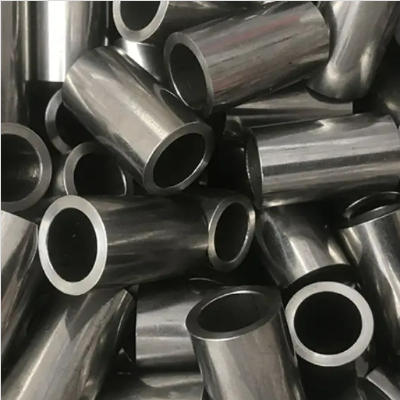Mobile:+86-311-808-126-83
Email:info@ydcastings.com
backward impeller
The Backward Impeller A Key Component in Modern Fluid Mechanics
In the realm of fluid mechanics, impellers play a crucial role in the operation of pumps and turbines. Among the various types of impellers, the backward impeller stands out due to its unique design and functionality. This article explores the characteristics, advantages, and applications of backward impellers, highlighting their significance in various industrial processes.
A backward impeller, as its name suggests, features blades that are oriented in a backward direction relative to the rotational movement. This design contrasts with the forward or radial impellers, where blades propel fluid outward, increasing its kinetic energy. The backward impeller operates by drawing fluid into the impeller and then directing it outward, resulting in a reduction of pressure as fluid is expelled. This principle makes backward impellers particularly effective in generating high flow rates while maintaining a low increase in pressure.
One of the most significant advantages of backward impellers is their efficiency. Backward curved blades reduce turbulence and minimize energy losses, making them ideal for applications where high efficiency is paramount. In many industrial settings, such as HVAC systems, wastewater treatment plants, and chemical processing, energy efficiency translates into significant cost savings and reduced environmental impact. The streamlined design of backward impellers also contributes to lower noise levels, which is a critical consideration in residential and commercial buildings.
backward impeller

Moreover, backward impellers are known for their ability to handle a wide range of fluids, including those with varying viscosities. From thin fluids like water to thicker materials such as slurries, the backward impeller is adaptable to different operating conditions. This versatility makes them a popular choice in industries such as food processing, pharmaceuticals, and petrochemicals, where the handling of diverse materials is often required.
The structural integrity of backward impellers is another factor that contributes to their widespread use. The backward blade design reduces the stress experienced by the impeller during operation, leading to prolonged service life and less frequent maintenance. As a result, industries can rely on backward impellers for consistent performance over time, minimizing downtime and maintenance costs.
However, it's crucial to consider the specific requirements of each application when choosing an impeller type. While backward impellers offer numerous advantages, they may not be suitable for all scenarios. For example, in cases where high-pressure applications are needed, other impeller designs may offer better performance. Thus, engineers and designers must evaluate the unique demands of their systems to determine the most appropriate impeller choice.
In conclusion, backward impellers are a vital component in modern fluid mechanics, offering a range of benefits that enhance efficiency, adaptability, and reliability in various applications. Their distinctive design enables effective fluid handling while minimizing energy consumption and noise pollution. As industries continue to seek innovative solutions to improve efficiency and sustainability, backward impellers are likely to remain a key player in the evolution of fluid dynamics. With continuous advancements in technology, the potential for further improvements in the design and performance of backward impellers is promising, paving the way for their increased adoption in an ever-growing array of applications. Whether in industrial processes or everyday systems, the efficacy of backward impellers will undoubtedly contribute to more efficient and durable fluid handling solutions.
-
Why Should You Invest in Superior Pump Castings for Your Equipment?NewsJun.09,2025
-
Unlock Performance Potential with Stainless Impellers and Aluminum End CapsNewsJun.09,2025
-
Revolutionize Your Machinery with Superior Cast Iron and Aluminum ComponentsNewsJun.09,2025
-
Revolutionize Fluid Dynamics with Premium Pump ComponentsNewsJun.09,2025
-
Optimizing Industrial Systems with Essential Valve ComponentsNewsJun.09,2025
-
Elevate Grid Efficiency with High-Precision Power CastingsNewsJun.09,2025











